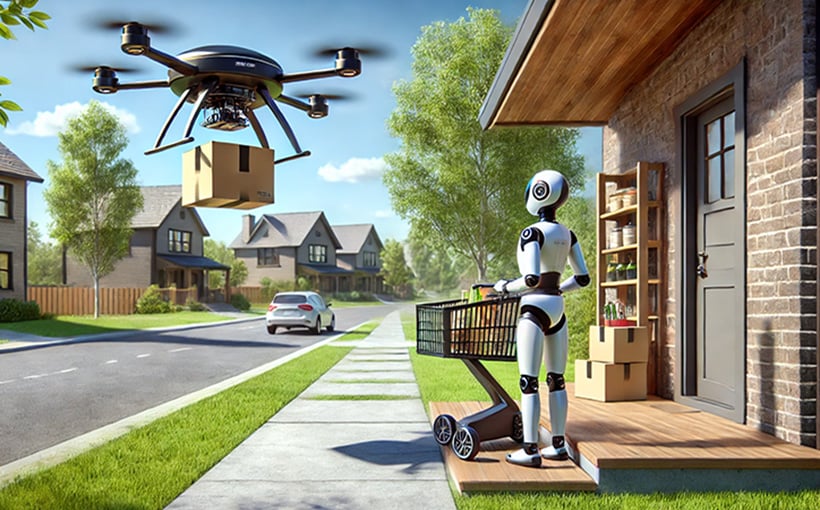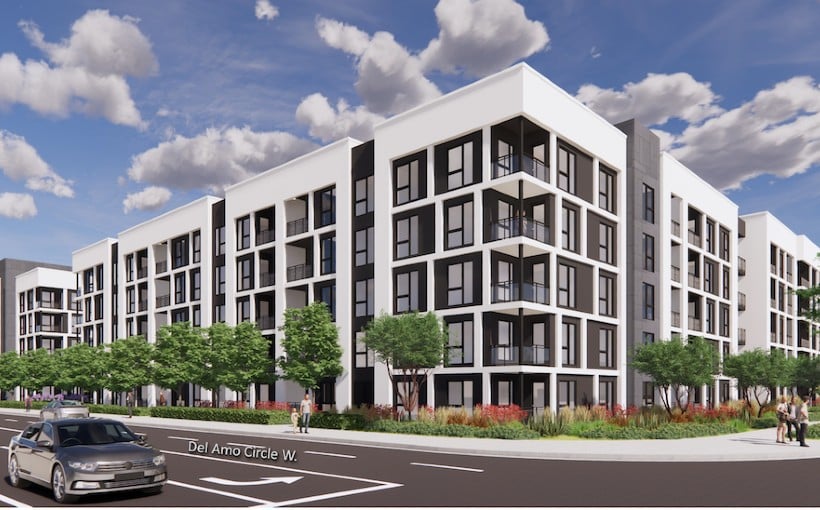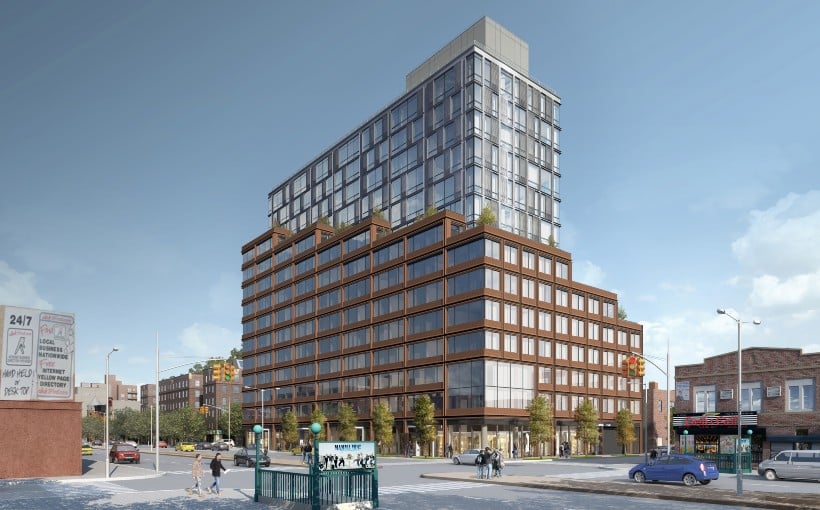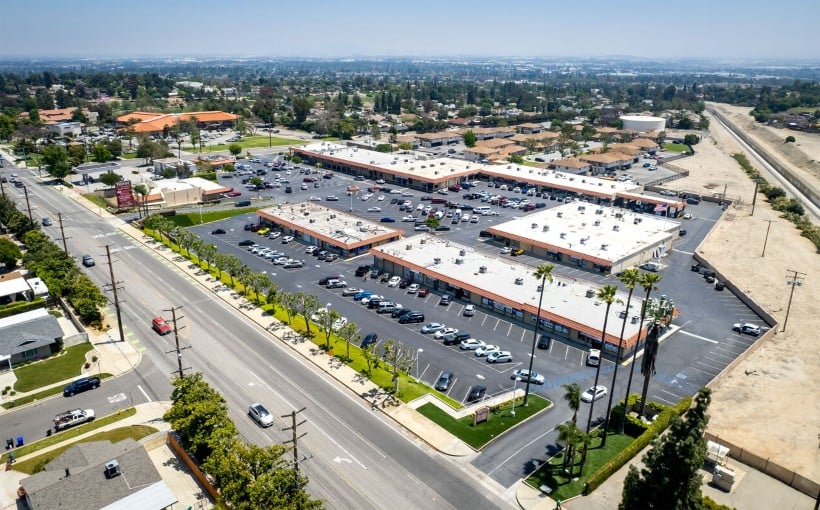As e-commerce and online ordering gained popularity, many feared that it would lead to the demise of in-person shopping and put brick-and-mortar stores at risk. When the COVID-19 pandemic hit, these fears were amplified as physical retail was forced to shut down.
However, contrary to these predictions, physical retail has proven to be resilient and even stronger than ever. According to a JLL article titled “Prepare Yourself for the Future of Retail,” while retail has had to adapt due to changing consumer preferences, its future looks promising.
To gain insight into what this future might hold for retail, JLL conducted interviews and workshops as part of their Future Vision program. The result included several key developments:
1) An Increase in Drone Deliveries: Companies like Walmart are already experimenting with using drones for deliveries within a 10-mile radius of their stores. This trend is expected continue with more retailers adopting autonomous technologies for faster delivery times.
2) A Merge Between Digital & Physical Shopping: Consumers will still visit physical stores but expect an integration between technology and traditional shopping experiences. For example, virtual try-on options through mobile devices or VR headsets could enhance the overall experience.
3) More Accurate Site Selection: With advancements in forecasting tools powered by AI technology , retailers will have access data-driven insights when choosing store locations instead relying on guesswork alone.
4) Personalized Store Designs Based on Community Data: By combining data around shopper lifestyles , walking habits,and psychographic profiles among others; retailers can tailor store designs based on community needs leading increased customer satisfaction .
In conclusion,the future looks bright for brick-and-mortar stores as they embrace new technologies while maintaining traditional aspects that consumers value such as personalized experiences . As stated by JLL’s article “retailers may become big data scientists” adapting offerings according consumer needs which ultimately leads improved business outcomes .




